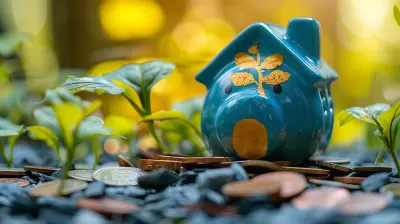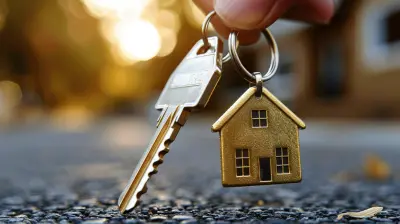How to Save for Your First Home
6 September 2025
Let’s be real—saving for your first home can feel like trying to climb Mount Everest in flip-flops. It’s intimidating, overwhelming, and let’s face it, expensive. But the truth? It's totally doable with the right game plan. You don’t need a six-figure salary or a magic wand, just a little patience, some smart habits, and a good ol’ fashioned savings strategy.
If you’ve been dreaming about swapping rent checks for mortgage payments, or finally having a place to call your own (yes, where you can paint the walls any color you want), keep reading. We're diving deep into how to save for your first home—without losing your sanity.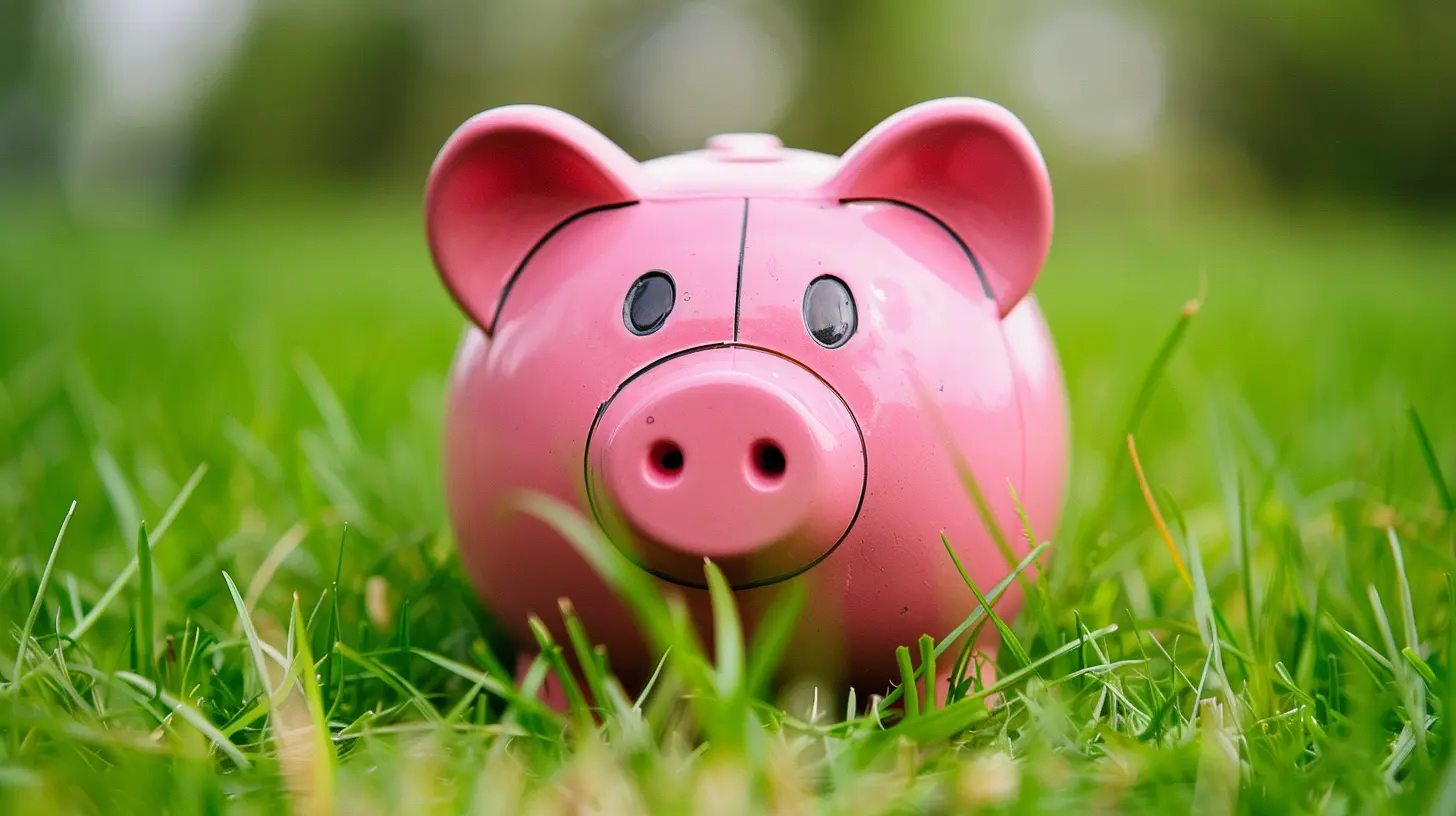
Set Realistic Goals (Start With the Basics)
Know How Much You Actually Need
Before you start stuffing cash under your mattress (please don't do that), you need to know what you’re saving for. That means estimating the cost of your dream home and figuring out how much of a down payment you’ll need.Generally, a down payment is anywhere from 3% to 20% of the home’s purchase price. So for a $300,000 home, that could be anywhere from $9,000 to $60,000. That’s a wide range, right? The exact number depends on the loan type and your financial profile.
Also, don't forget to factor in closing costs (usually 2%-5% of the home's price), moving expenses, and an emergency fund. Trust me, unexpected expenses always pop up when you least expect them.
Create a Timeline
Goals without deadlines are just dreams. Setting a timeline gives you something to aim for and helps you stay on track. Want to be a homeowner in three years? Great. That gives you 36 months to work your savings magic.Let’s do some quick math:
- Goal: $30,000 for a down payment
- Timeline: 36 months
- Savings Needed Per Month: $833
Boom! Now you’ve got a tangible goal to chase.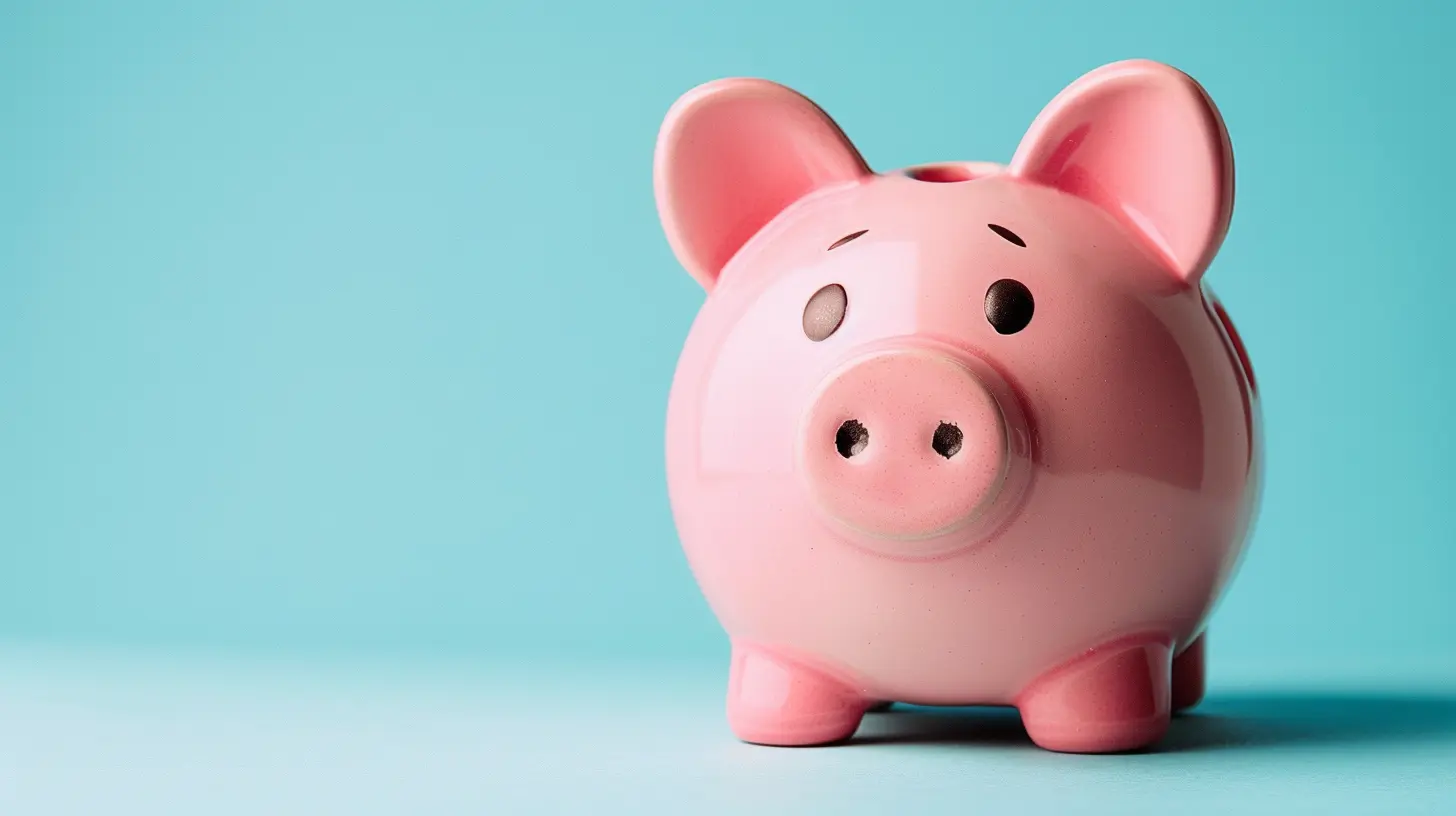
Budget Like a Boss
Track Your Spending
Ever look at your bank account and wonder where your money went? We’ve all been there. That’s why tracking your spending is a total game-changer. Use apps like Mint, YNAB (You Need A Budget), or even a simple spreadsheet.You’ll probably find money leaks—things like unused subscriptions, spontaneous takeout orders, or that fancy latte habit. Once you identify them, you can patch those leaks and put the savings toward your house fund.
Cut Non-Essentials (But Don’t Go Overboard)
Look, you don’t have to live on ramen noodles and cancel every streaming service, but a few lifestyle tweaks can go a long way. Here are some ideas:- Cook more meals at home
- Opt for cheaper entertainment (think free community events or Netflix nights)
- Cancel unused subscriptions
- DIY instead of buying new (Pinterest has your back)
Even saving an extra $100–$200 a month adds up big time. It's like compound interest with your own habits.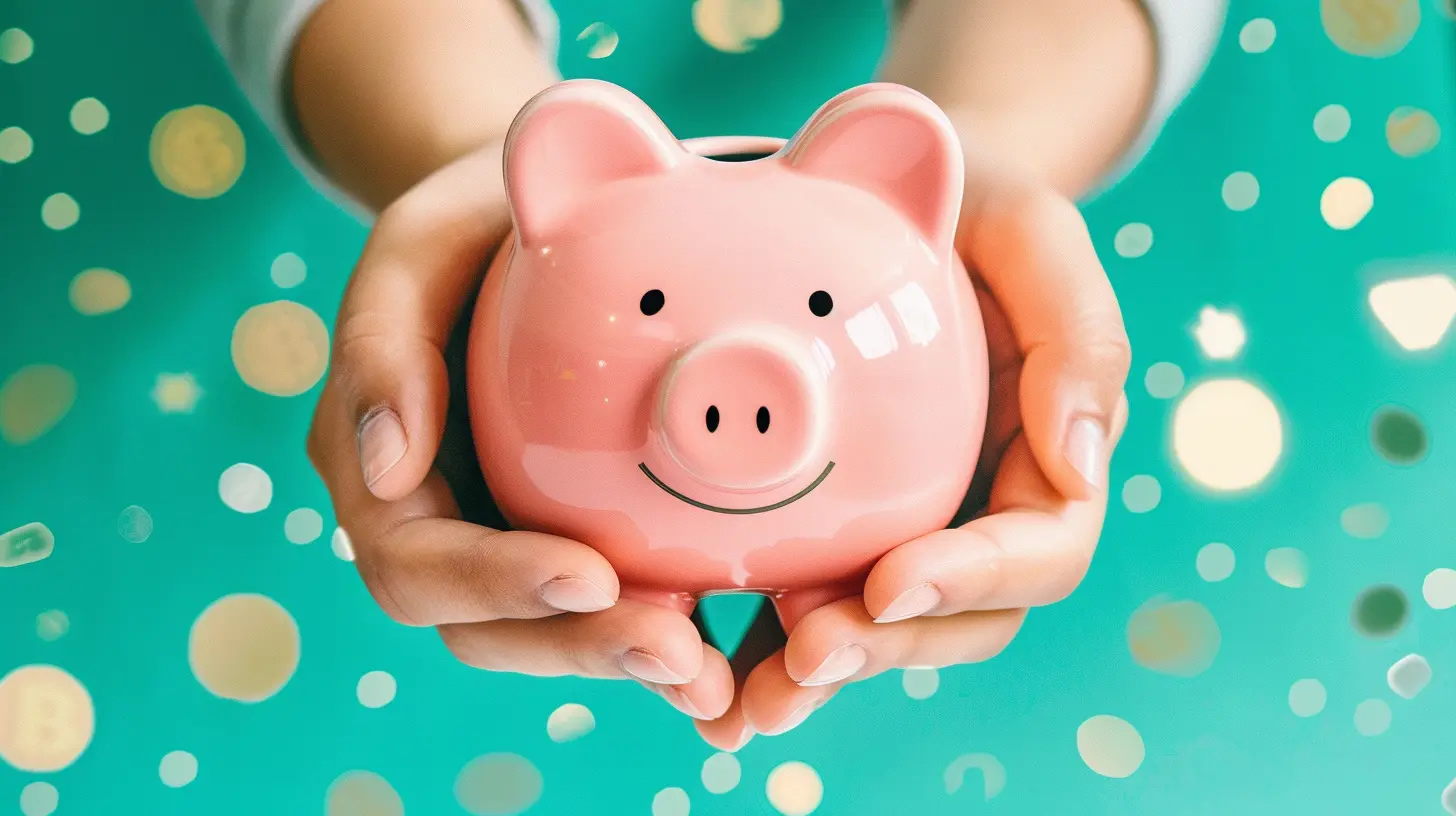
Open a Dedicated Savings Account
Keep It Separate
Out of sight, out of mind. That’s the magic of having a separate savings account for your home fund. If your down payment money is mingling with your regular spending cash, it’s way too easy to "accidentally" splurge on things you don’t really need.Choose a high-yield savings account or a money market account where your money can grow while you plan. And make it a pain to withdraw from—seriously, the harder it is to touch, the better.
Automate Your Savings
Set it and forget it. Automate a fixed transfer to your house fund on payday. Think of it as paying yourself first. You won’t even miss the money once it’s out of sight.Let’s say you get paid bi-weekly and transfer $400 per check to savings. That’s $800 a month—boom, $9,600 a year right there. No extra side hustle required (though we’ll talk about that too).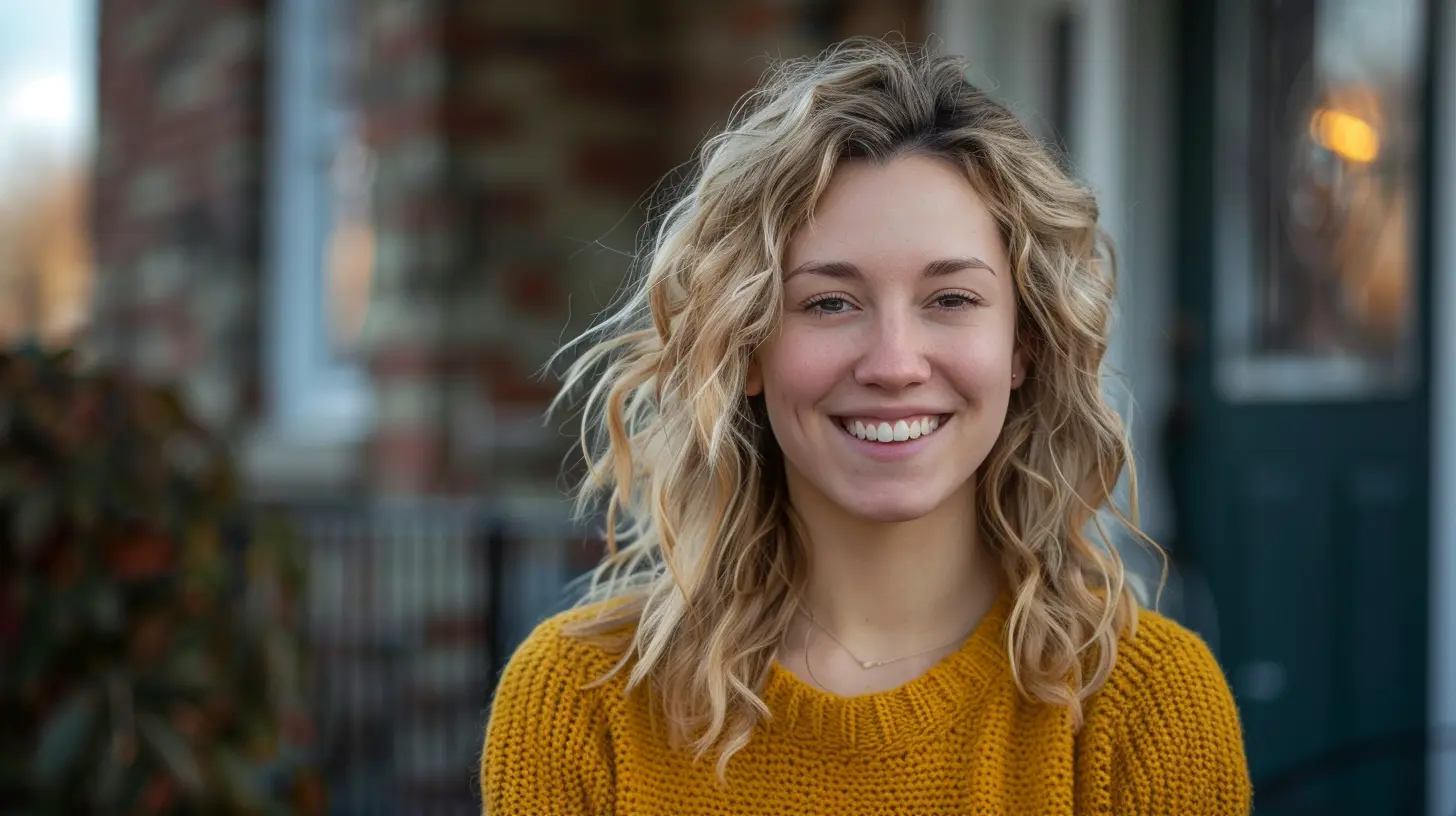
Get Side Hustlin’
Bring In Extra Income
Sometimes saving more isn’t about cutting back—it’s about making more. A side hustle can fast-track your savings goal in a serious way.Here are some options:
- Freelancing (write, design, code, etc.)
- Rideshare driving or food delivery
- Selling stuff on eBay, Etsy, or Facebook Marketplace
- Tutoring or teaching online
- Pet-sitting or dog walking
Even making an extra $200 a week could add up to over $10,000 in a year. That’s probably most (if not all) of your down payment.
Use Windfalls Wisely
Got a holiday bonus? Tax refund? Birthday cash from grandma? Drop it straight into your home fund. These one-time chunks of cash can make a big impact, and since they're not part of your normal budget, you won't even miss them.Lower Your Debt Burden
Pay Down High-Interest Debt
Here's the thing: the less debt you have, the more house you can afford, and the more a mortgage lender will trust you. High-interest debts (like credit cards) eat away at your income and can drag your credit score down.Focus on paying off these debts while saving at the same time. It’s a balancing act, but it puts you in a stronger position when you're ready to buy.
Avoid Taking On New Debt
While saving, try not to open new lines of credit unless absolutely necessary. Every new loan means a new payment—aka more pressure on your budget. Plus, lenders look at your debt-to-income ratio when you apply for a mortgage. Keep it lean and mean.Take Advantage of First-Time Homebuyer Programs
Federal and State Assistance
Did you know there are programs specifically designed to help first-time homebuyers? Yup, they exist—and they could save you thousands.Look for:
- FHA Loans (as low as 3.5% down)
- USDA Loans (zero down if you qualify)
- VA Loans (for veterans and active military)
- Down Payment Assistance Grants
- State-specific programs with lower rates and incentives
You might not need to save as much as you think, depending on what you qualify for.
Talk to a Mortgage Lender Early
Don’t wait until you've saved the whole amount to talk to a pro. A mortgage lender can look at your numbers and let you know what’s realistic today and what steps to take. They might even tell you you’re closer than you think.Keep Your Eye on the Prize
Stay Motivated
Saving for a house isn’t sexy. It doesn’t give you instant gratification or that dopamine hit like online shopping does. But here’s the deal—every dollar you save is a step toward freedom, stability, and the place you’ll call "home."Create a vision board. Stick a picture of your dream house on the fridge. Set monthly goals and reward yourself when you hit them with something small (not a $300 shopping spree, though).
Celebrate Small Wins
Every little bit counts. Hit your monthly savings target? High five! Paid off a credit card? Break out the cheap champagne! These mini-milestones keep the momentum going.Final Thoughts
Saving for your first home isn't about being perfect—it’s about being consistent. It’s not a sprint; it’s more of a scenic road trip. You’ll have bumps along the way, maybe take a few wrong turns, but if you stay focused on your destination, you’ll get there.Start small. Make a plan. Stick to it. And don’t be afraid to dream big—because one day soon, those dreams will turn into house keys in your hand.
all images in this post were generated using AI tools
Category:
First Time Home BuyersAuthor:

Elsa McLaurin
Discussion
rate this article
1 comments
Leah Beck
Great insights on saving for a first home! I'm curious about the most effective budgeting strategies you've encountered. What tips can you share for staying motivated during the process, especially when unexpected expenses arise?
September 16, 2025 at 4:10 AM

Elsa McLaurin
Thank you! For effective budgeting, consider the 50/30/20 rule: allocate 50% for needs, 30% for wants, and 20% for savings. To stay motivated, set small milestones and celebrate each achievement. Create a buffer for unexpected expenses by adding 10% to your budget. Remember, every step gets you closer to your goal!

